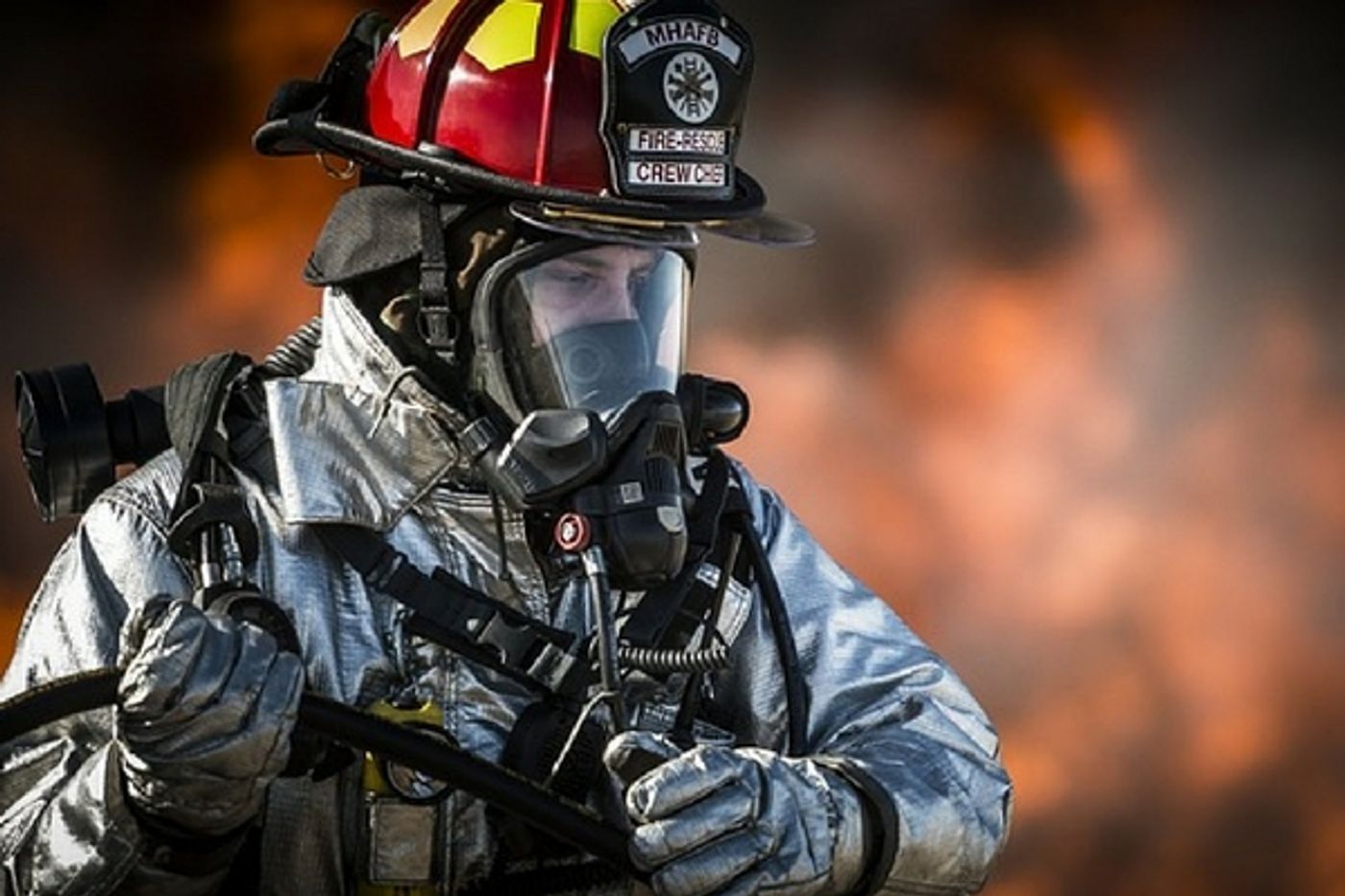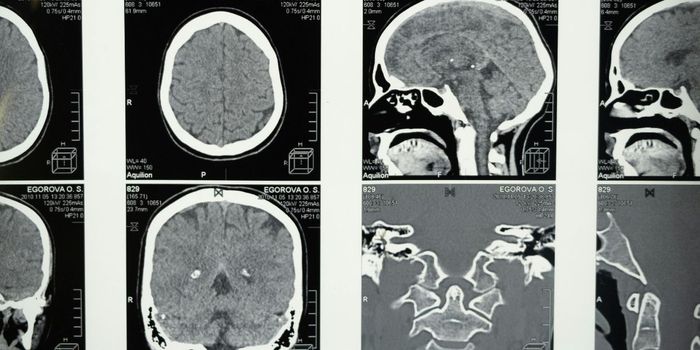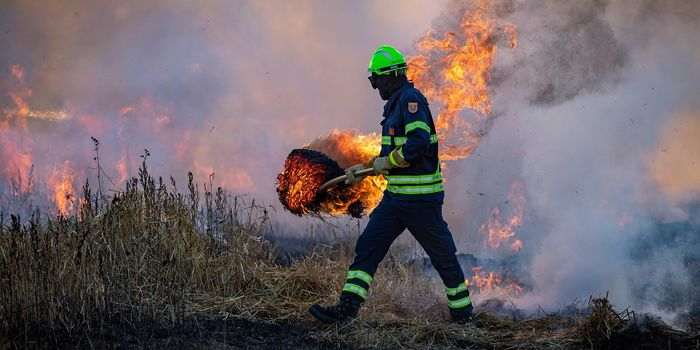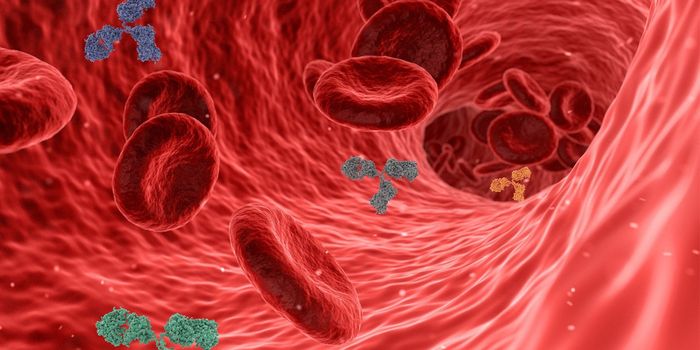The image that comes to mind when we think of firefighters is that of brave professionals, willing to go into a burning building when everyone else is running away. They sign on for a job that is dangerous, stressful and usually not well paid. Many firefighters, similar to police officers, come from families where there is a tradition of working in the fire service. While the work they do is truly heroic, there is something besides a burning building or a wildfire that can take down a firefighter. That something is cancer. According to a CDC study, firefighters are at a higher risk for many types of cancer. It seems that even after battling deadly fires and saving lives, there is still another battle for these brave men and women to contend with, and the lives they must try to save are their own.

In 2010, the National Institute for Occupational Safety and Health (NIOSH) undertook the daunting task of a multi-year study of nearly 30,000 fire fighters from the Chicago, Philadelphia, and San Francisco Fire Departments. The point of the research was to better understand the potential link between fire fighting and cancer. The study was a joint effort led by researchers at NIOSH in collaboration with researchers at the National Cancer Institute and the University of California at Davis Department of Public Health Sciences, and supported in part by the U.S Fire Administration. The study was extensive and looked at many different areas of fire fighting, the cancer risks that firefighters encountered in their work and the substances that are more common in fires such as chemicals that are used in manufacturing, emissions from factories and motor vehicles and other pollutants that are present in major fires. It took a long time parse all this data into information that could be used to prevent illness in firefighters. While it began in 2010, it was only completed in late 2015 and the information is still being analyzed by many experts.
When compared to the general population, firefighters had higher rates of cancer diagnoses and cancer deaths. Specifically, the men and women who fight fires were especially at risk for digestive, oral, respiratory and urinary cancers. Another factor that was not surprising, but still significant.was that they were at a much higher risk of getting malignant mesothelioma, a type of cancer that results from asbestos exposure. Asbestos is prevalent in older buildings, which are more likely to have fires. It also used to be a common material in some firefighting equipment like hoses and protective gear.
The study was done in four specific steps. The population was first established by gathering data on 29, 993 firefighters from 1950 to 2009 in the three major cities identified (Chicago, San Francisco and Philadelphia). Next, from public records, the causes of death for firefighters were calculated. The third step was to assess the job exposure of as many fire service employees as possible. In that effort, the exposures of 19, 309 male firefighters were analyzed. Finally, comparing all this data to the rates of disease and death in the general population yielded the somewhat expected result that being a firefighter did carry with it an increased risk of many different cancers. Fire agencies around the country are working on ways to reduce the exposure and to protect firefighters as best they can, based on this data.









